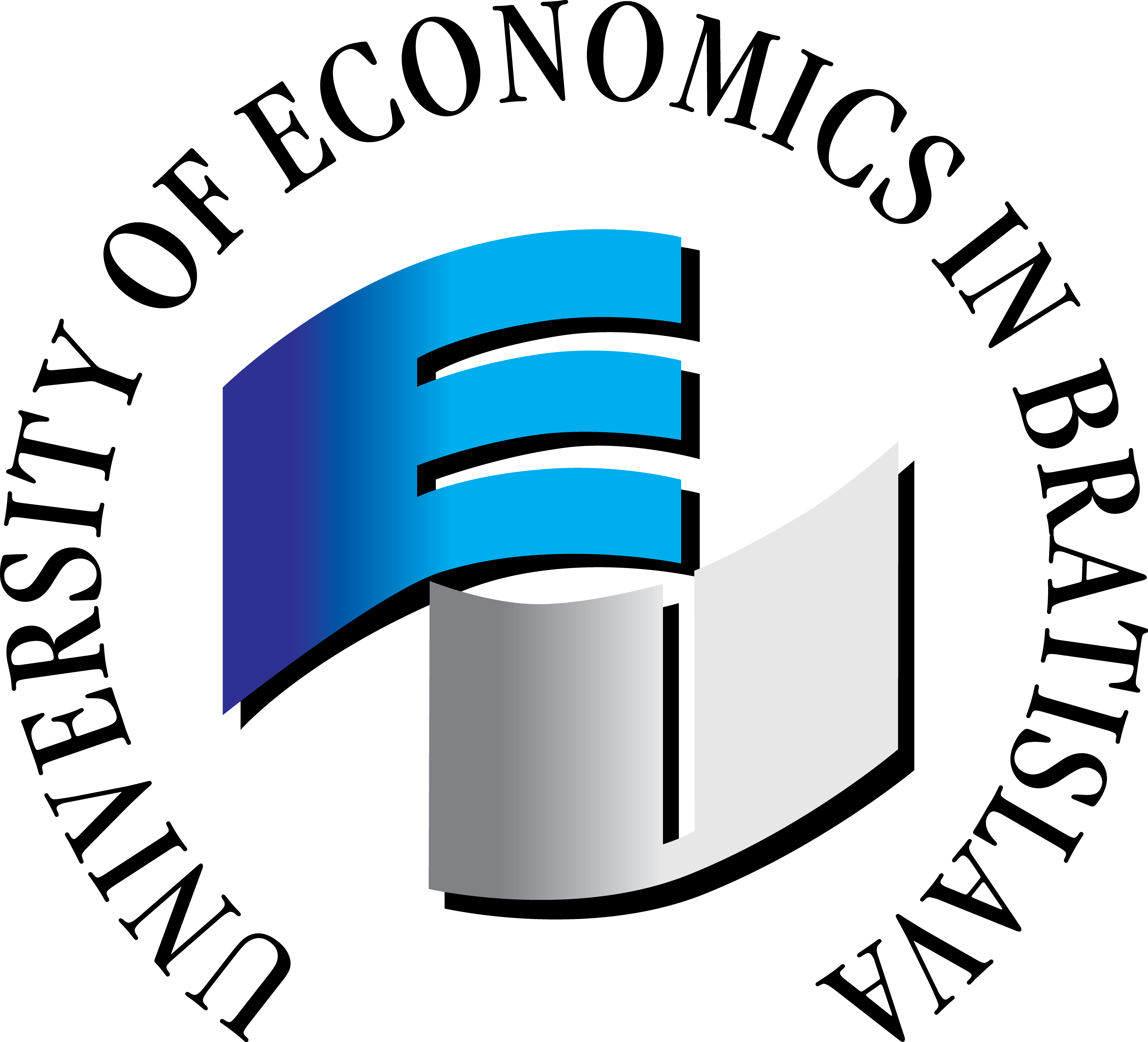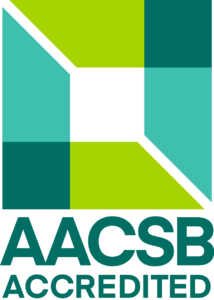- Ending: Examination
Teachers
Included in study programs
Teaching results
After completing the course, students will acquire:
Knowledge
A. Understand the principles of business process modeling and its connection to organizational structure and the functions of organizational units.
F. Understand the fundamentals and role of WSDL (Web Services Description Language), the SOAP protocol, and UDDI registries.
C. Understand the structure and significance of the XML data format and the basics of processing XML.
Skills
B. Design web services for the automation of business processes in a selected enterprise, based on previously developed process models.
D. Create XSD templates that define the required structure of XML documents.
E. Write data into XML documents in accordance with the constraints and requirements specified in XSD templates.
G. Use online validators and tools to verify the correctness of XML and XSD documents.
H. Use Drawio software for modeling business analysis diagrams, and MS Excel for tabular techniques (relational tables, decision tables, RACI matrices).
Competentness
A. Model real-world business processes of a specific enterprise using appropriate diagramming and tabular techniques, integrated with the organizational and functional structure of the enterprise.
B. Integrate business process modeling with the design of web services to contribute to the digitalization and automation of organizational processes.
Indicative content
1. The essence of service-oriented architecture and its basic principles. Advantages and disadvantages of its use.
2. Basic terminology. Service description. Abstraction. Reusability of services. Composition of services - choreography and orchestration. Service autonomy and statelessness. Open standards. Technology platform.
3. Basic characteristics of web services and the mechanism of message transmission between them. Active and passive intermediaries. Possible ways of implementing the user interface for web services. WSGUI Engine.
4. Classification of web services according to the way they are used in the concept of SOA - entity, processing, auxiliary and coordination services and their relationship to business processes.
5. Example of using service models to automate a specific business process.
6. Life cycle of a service-oriented information system. Service-oriented analysis.
7. XML language. The meaning of its use and the possibility of its use in SOA. Rules for validation of XML documents - creation of well-formed XML documents.
8. XSD language. The meaning of its use and the possibility of its use in SOA. Basic data types.
9. XSD language. Simple user-declared data types.
10. XSD language. Compound user-declared data types. Creating properly structured XSD documents.
11. WSDL language. The meaning of its use and the possibility of its use in SOA. WSDL document structure. Abstract versus specific service description. Messages, operations, interfaces, bindings, and ports.
12. UDDI register. The meaning of their use and the possibility of their use in SOA. Public versus private registers. Structure of public registers.
13. SOAP protocol and its use in SOA. SOAP message structure. Rules for creating SOAP message headers and bodies. Error messages. SOAP message styles - RPC / encoded, RPC / literal, document / encoded, document / literal.
Support literature
1. Graves, T. (2023). The service-oriented enterprise: Learn enterprise architecture and its viable services. Apress. ISBN 978 1 4842 9189 4
2. Jurík, P. (2020). Servisne orientovaná architektúra v procesne riadenom podniku (1. vyd.). Nové Zámky: Tlačiareň Merkur. ISBN 978-80-89996-06-3.
3. Herout, P. (2012). Java a XML. České Budějovice: Kopp. ISBN 978-80-7232-307-4.
4. Stašák, J. (2010). Modelovanie systému riadenia ekonomických objektov. Bratislava: Vydavateľstvo Ekonóm. ISBN 978-80-225-2896-2.
5. Erl, T. (2009). SOA: Servisně orientovaná architektura. Brno: Computer Press. ISBN 978-80-251-1886-4.
Syllabus
1. The Essence of Service-Oriented Architecture and Its Core Principles This topic covers the definition of Service-Oriented Architecture (SOA), its key characteristics, the motivation behind its development, and the evolution of information system architectures. Students will participate in a discussion comparing the benefits and drawbacks of SOA in real business environments, particularly in contrast with monolithic architectures. The output will be an essay or presentation on the application of SOA in a specific industry. 2. Basic Terminology and Principles of Service Design The topic introduces essential SOA terminology, including service, abstraction, reusability, statelessness, choreography, orchestration, open standards, and technological platforms. Students will create a concept map showing the interrelations between terms. The output will be a visual glossary with a diagram and explanatory notes. 3. Characteristics of Web Services and Message Exchange Mechanisms Students will learn about the characteristics of web services, message transmission mechanisms, active and passive intermediaries, and methods for implementing user interfaces in web services, including WS-GUI. A practical activity will involve simulating interaction between two web services via SOAP or REST. The output will be a communication flow diagram with a brief explanation. 4. Classification of Web Services and Their Role in Business Processes This session explores the classification of services—entity, processing, helper, and coordination—and their roles in enterprise process architecture. Students will match service types to stages within a chosen business process. The result will be a business process diagram with mapped service interactions. 5. Automation of Business Processes Using SOA Students will analyze how service models can automate specific business processes. Each student will select a process and design its automation using SOA principles, utilizing Draw.io. The output will be a visual service model diagram supporting the process flow. 6. Lifecycle of a Service-Oriented Information System This part covers the phases of developing an SOA system: analysis, design, implementation, testing, deployment, and maintenance. Students will link activities and deliverables to each phase. The output will be an infographic depicting the SOA lifecycle. 7. XML Language – Structure and Validation Students will study the structure of XML documents, the rules for creating well-formed XML documents, and validation procedures. They will create their own XML document with business data and validate it using online tools. The output will be a well-formed XML document suitable for application-level use. 8. XSD Language – Introduction and Built-in Data Types This topic introduces XML Schema Definition (XSD) and its role in SOA for validating XML structures. Students will create a basic XSD schema using built-in data types to validate their XML. The output will be a functional XSD file defining the required structure. 9. XSD – User-Defined Simple Types Students will learn how to define custom data types, apply restrictions (e.g., enumeration, patterns), and enforce value constraints. They will enhance their existing XSD with user-defined simple types. The output will be an extended schema enforcing business rules. 10. XSD – User-Defined Complex Types This session addresses complex and nested data structures in XSD. Students will model advanced business data structures and develop a corresponding XSD file. The result will be a hierarchical schema that supports reusable, nested elements. 11. WSDL Language – Service Description and Usage Students will explore the structure of Web Services Description Language (WSDL) and its use in defining services. Topics include abstract vs. concrete definitions, messages, operations, interfaces, bindings, and ports. Students will analyze an example WSDL and write a simple one of their own. The output will be a commented WSDL document. 12. UDDI Registries – Structure and Application This topic explains the purpose of Universal Description, Discovery, and Integration (UDDI) registries in SOA. Students will examine public vs. private registries and study real examples. The result will be a case study describing the publication and discovery of services via UDDI. 13. SOAP Protocol and Its Structure The final topic introduces the structure of SOAP messages—envelopes, headers, bodies, and fault handling. Students will construct a valid SOAP message using online tools and explain its components. The output will be a sample SOAP message with labeled parts and commentary.
Requirements to complete the course
Seminars: 40% seminar project (team practical project - design of services forming an information system built on the principles of service-oriented architecture based on the analysis of business processes in a fictitious company). The seminar project verifies the achieved level of educational results A., B., H.
Final exam: 60% knowledge test done on-line using a test application, which verifies the achieved level of educational outcomes C., D., E., F., G.
Student workload
104 hours (of which participation in lectures: 26 hours, participation in seminars: 26 hours, preparation for the exam: 26 hours, elaboration of a semester project: 26 hours).
Language whose command is required to complete the course
slovak
Date of approval: 02.04.2024
Date of the latest change: 29.03.2024

